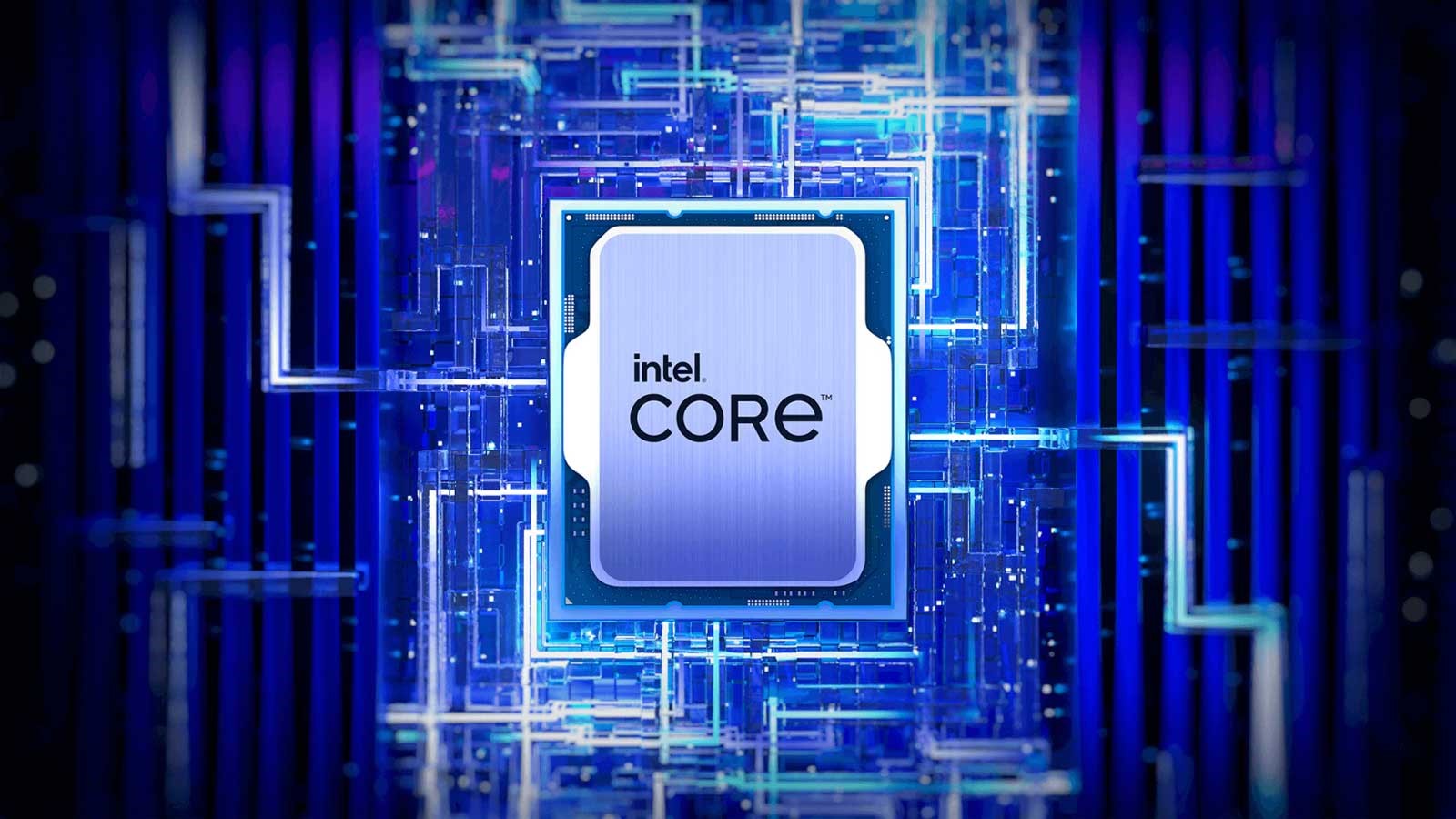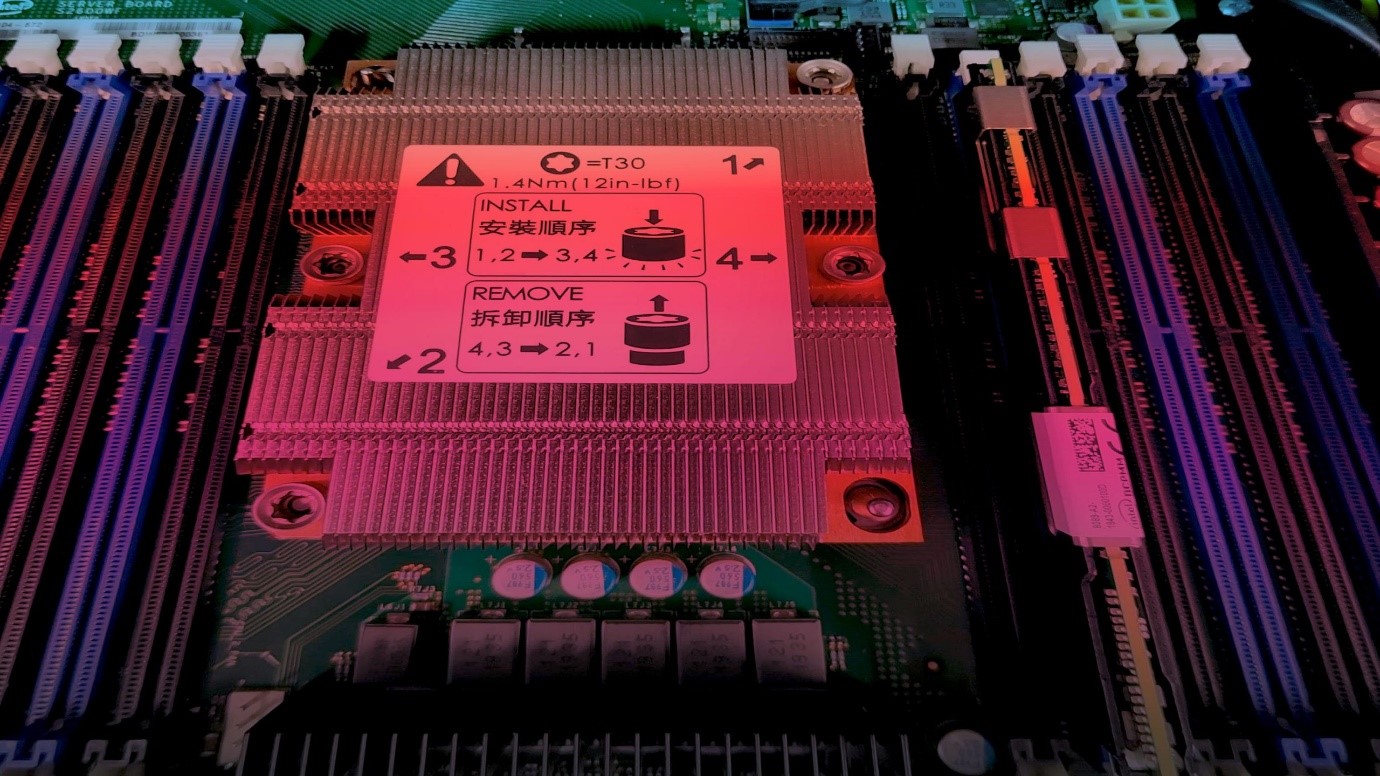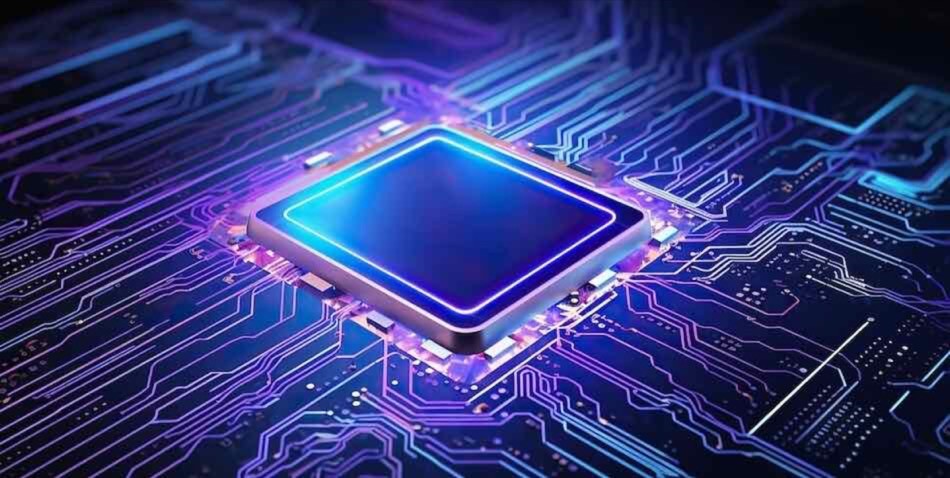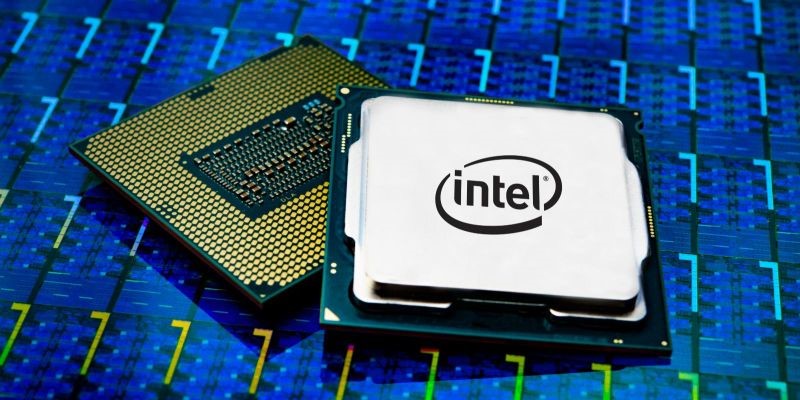The Data Drain — Impact on Security and Privacy
In today’s hyper-connected world, data is the new currency. From our personal emails and photos to sensitive corporate secrets and government intelligence, vast amounts of information flow constantly through computer processors. The recent discovery of Intel’s speculative execution vulnerability — Branch Predictor Race Conditions (BPRC) — exposes just how vulnerable that data really is.
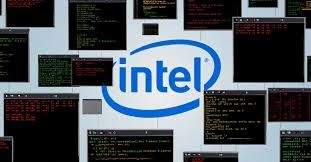
Figure 1. Data Drain — Impact on Security and Privacy
When Speed Undermines Security
Modern CPUs rely on speculative execution to boost performance, guessing which instructions to run ahead of time. But this speed comes at a steep price: security boundaries meant to keep data separate can be blurred, opening the door for attackers to quietly siphon information from shared hardware. Figure 1 shows Data Drain — Impact on Security and Privacy.
The BPRC vulnerability leverages this by exploiting tiny timing gaps during processor state switches, allowing hackers to read memory contents not meant for them. Although each leak may be small — a few bytes at a time — the cumulative effect is devastating.
From Personal Devices to Cloud Giants
While most people imagine their data breaches come from malware or phishing, hardware vulnerabilities like BPRC present a stealthier threat. Personal laptops, desktops, and smartphones powered by affected Intel processors are at risk. But the stakes grow much higher in cloud computing environments.
Cloud providers host multiple clients on shared servers, making data isolation paramount. BPRC attacks enable a malicious tenant to access other users’ private memory, potentially exposing confidential business documents, customer information, or cryptographic keys.
privacy: The Hidden Casualty
The implications extend beyond corporate secrets. Personal privacy is under siege. Imagine your emails, passwords, or medical records being drained bit by bit, undetected. The insidious nature of BPRC means that attackers can collect data over time, making detection and prevention difficult.
This covert breach challenges traditional security models, which often focus on software-level defenses and overlook hardware-level risks. It highlights a growing need for integrated security that spans from silicon to software.
The Economic and Ethical Costs
Data breaches aren’t just technical issues — they have profound economic consequences. Companies face financial losses, regulatory fines, and reputational damage. Consumers lose trust, and entire industries may be forced to rethink security strategies.
Moreover, hardware flaws like BPRC raise ethical questions about how processors are designed and tested. Should performance gains come at the expense of fundamental privacy safeguards? The ongoing discovery of such vulnerabilities suggests a need for deeper scrutiny and transparency in chip manufacturing.
The Path Forward: Vigilance and Innovation
Intel has issued microcode updates to mitigate BPRC, and operating system patches are being deployed worldwide. However, security experts stress that patching is a temporary bandage for a deeper architectural issue.
Long-term solutions require rethinking processor design, incorporating robust security features that prevent speculative execution from crossing privilege boundaries. For users, staying updated on firmware and software patches remains critical.
As digital reliance grows, so does the imperative to protect the data flowing through the heart of our machines [1]. The BPRC vulnerability is a stark reminder: in the race for speed, security must never be left behind.
References:
- https://cyberinsider.com/new-intel-cpu-flaw-bypasses-spectre-v2-defenses-to-leak-kernel-memory/?utm_source=chatgpt.com
Cite this article:
Janani R (2025), Hacked at the Core: The Intel Vulnerability Draining Data , AnaTechMaz, pp. 4


